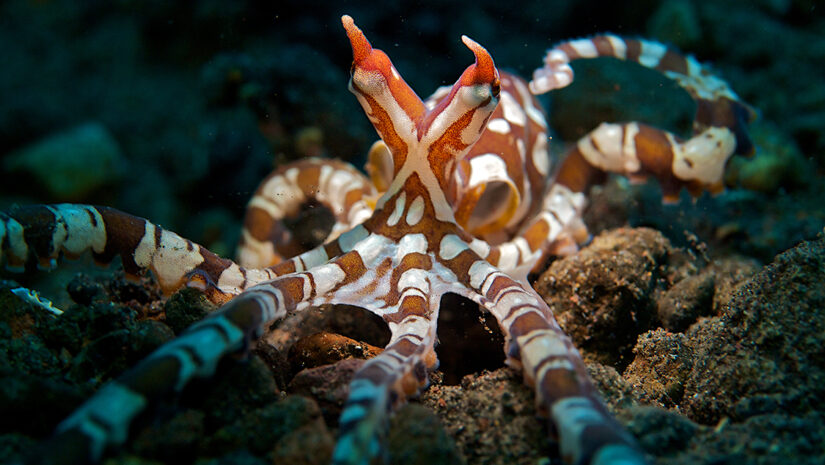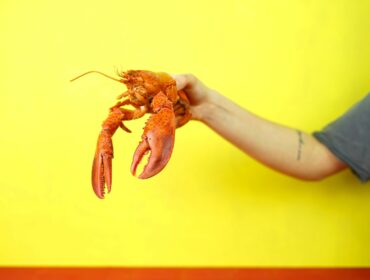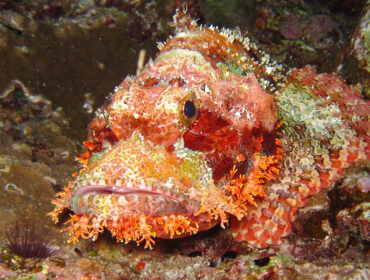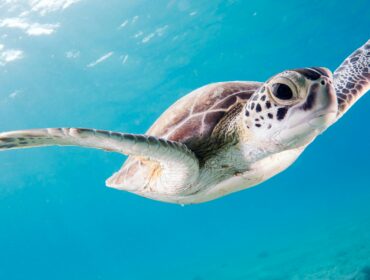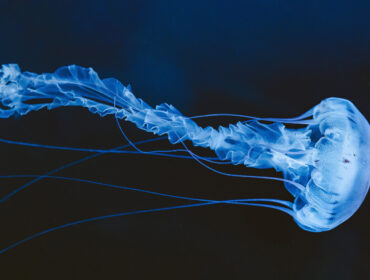While some aquatic animals have their size or a pack of allies to protect them, others must be a little more subtle when it comes to self-preservation. This is where marine camouflage comes into play, often the only chance an animal has to protect itself or approach unsuspecting prey in the deepest and darkest reaches of the reef and ocean. Here is a closer look at five animals that have mastered the art of marine camouflage.
Tasseled Anglerfish
While there are over 200 unique species of anglerfish, it is the tasseled anglerfish that uses its marine camouflage in a way unlike any other. This fish, also known as the tasseled frogfish, blends in with a wide variety of underwater flora and appears to be an innocuous plant or piece of reef. Still, when prey is close enough, a razor-sharp dorsal fin launches out to inject enemies with a powerful bacterium.
Mimic Octopus
While the tasseled anglerfish uses its camouflage to attract prey, the mimic octopus uses it to scare away predators. This cephalopod can change its shape and coloring to mimic animals ranging from the lionfish to a sea snake, depending on the nearby prey.
Cuttlefish
Included in this list of camouflage specialists is the cuttlefish, an animal that uses its marine camouflage to attract prey and dissuade predators. All parts of the cuttlefish, ranging from the internal organs to the “color tubes”, can change shapes and colors to appear like any number of fish, rocks, or plants.
Leopard Flounder
Unlike other animals that use their shape and size to blend in, the leopard flounder uses its body position to scare away predators. The flounder has unique fins that allow it to quickly stand up straight or lie on its side, creating a much larger profile or almost disappearing completely when larger fish are searching from above.
Leaf Scorpionfish
The final animal on this list is the leaf scorpionfish, an animal that mimics a dead piece of reef or underwater plant, moving along with the current. Due to the smaller size of the scorpionfish and its ability to blend in with its surroundings, smaller crustaceans rarely know what hits them before it is too late and their shells are cracked open by powerful jaws.

